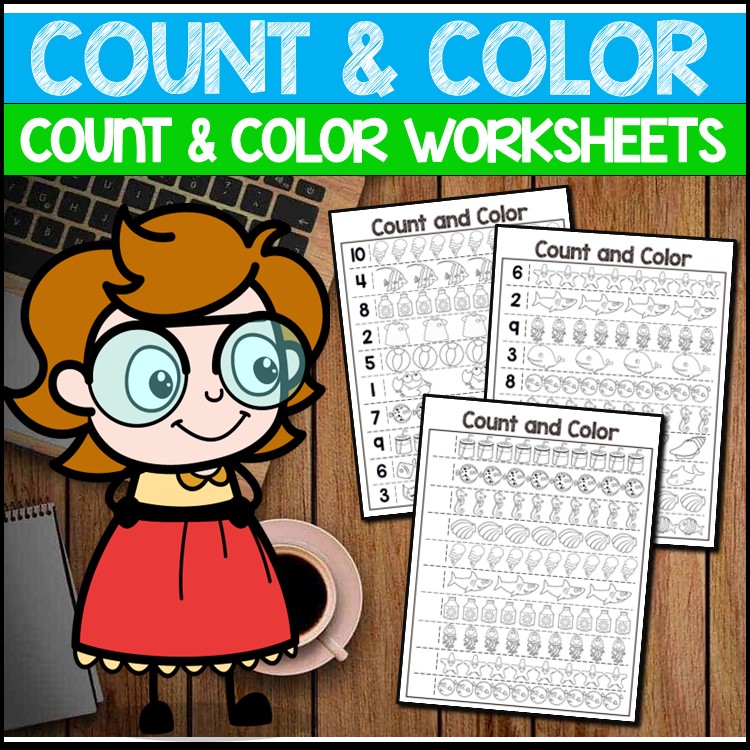
The first step in developing number awareness is to assist our youngest students in laying a solid foundation in counting fluency. While there are a plethora of children’s books and television shows aimed at helping preschoolers learn to count, true fluency must be taught and practiced continuously in order to prepare children for later math achievement.
So, what can parents do at home to help their children count more easily and quickly? First, we’ll lay out some ground rules for teaching kids to count using a range of short and interesting exercises. Then we’ll look at some of the finest tactics that parents can employ at home to help their children succeed in arithmetic.
Implementing Counting Fluency Activities: Best Practices
Before we talk about specific activities to utilize, it’s vital to consider the features of the methods we use to make sure they’re effective. Successful counting strategies are made up of several fundamental components that teachers utilize in their own classrooms. Keep the following in consideration before choosing and executing counting activities:
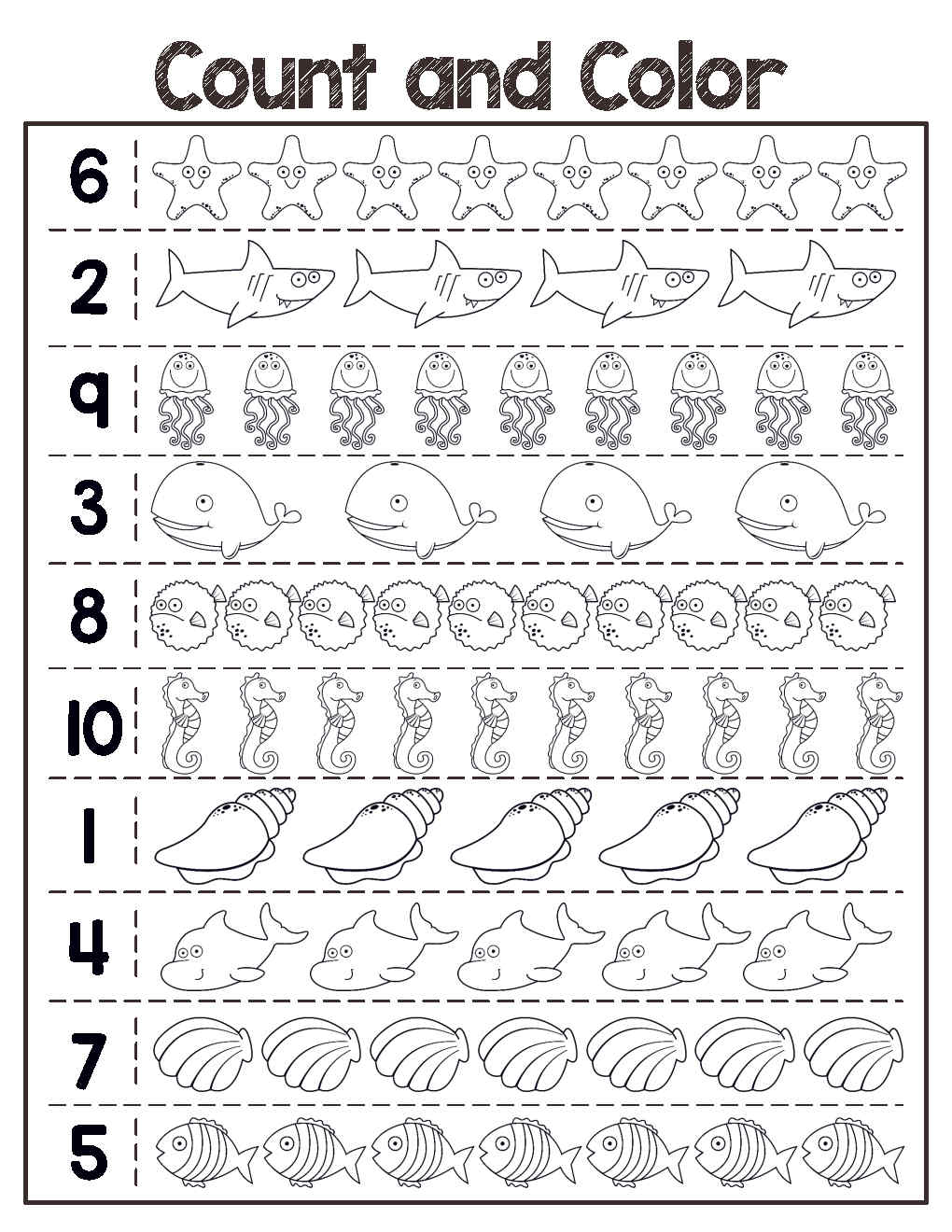
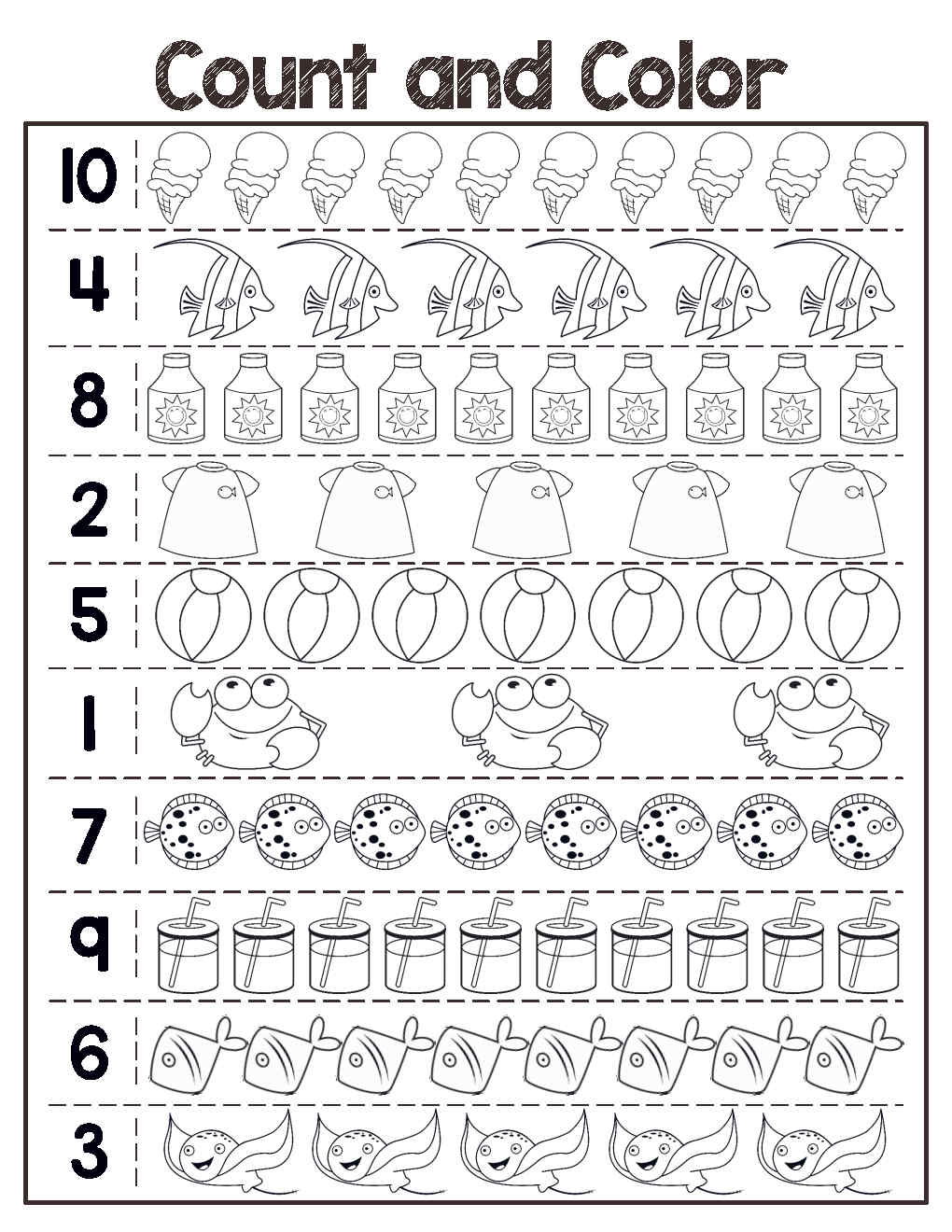
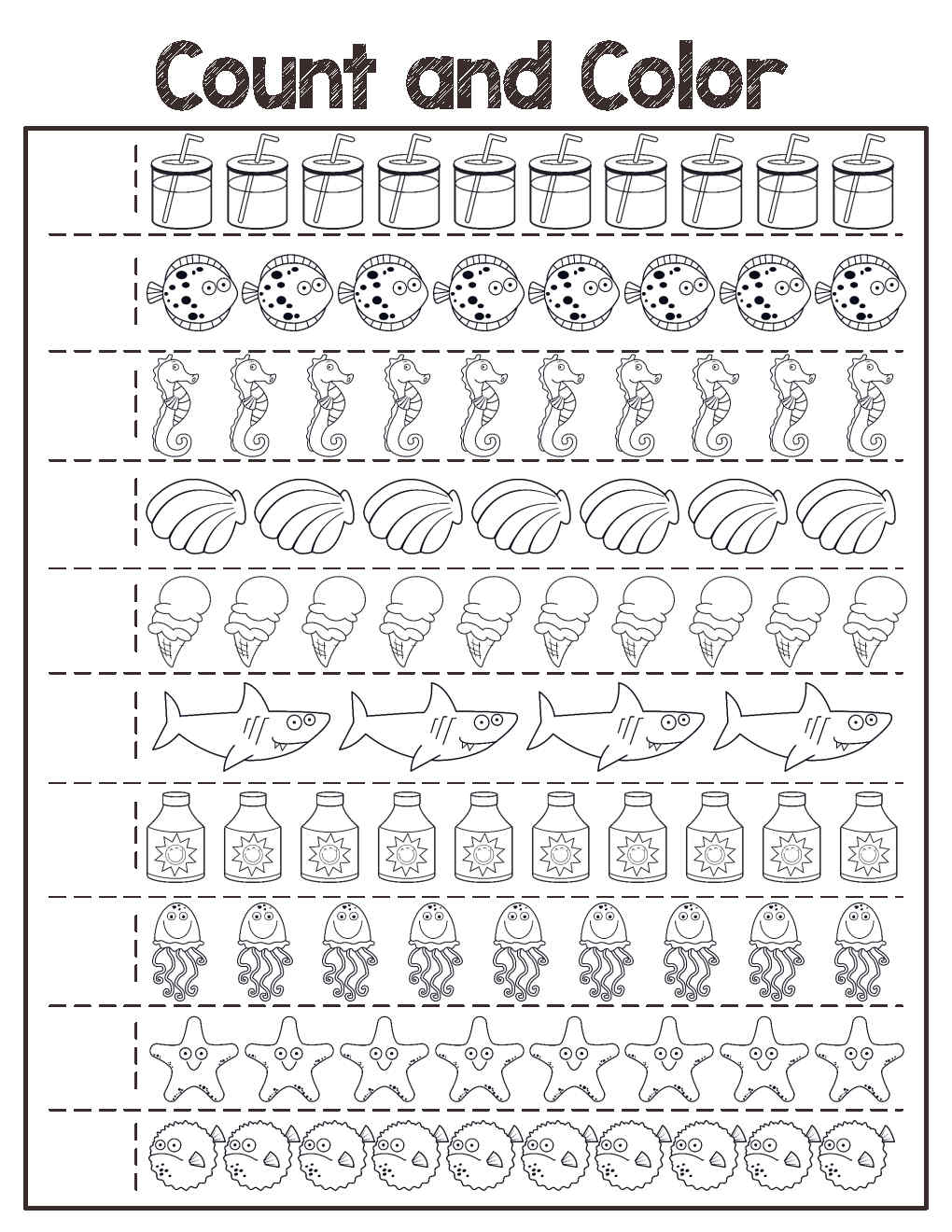
Keep games and exercises short and simple, but repeat them frequently.
The attention span of young learners, particularly toddlers, is incredibly short! It is commonly stated that children can be expected to focus for two to three minutes per year of age. An ordinary four-year-old, for example, may be expected to stay on task for eight to twelve minutes!
With this in mind, any chosen activity must be limited to tiny, controllable dosages. To guarantee adequate practice, incorporate counting activities every day and establish a pattern so that children understand that learning is a priority. Early learners will have plenty of opportunities to enhance fluency if games are kept short and practiced frequently.
Don’t limit yourself to memorizing.
Drills and memory techniques are valuable tools for training youngsters to learn and use mental math, but they shouldn’t be the only ones available. Provide hands-on activities that allow students to count by examining and handling objects in addition to drills. For example, assist your child in counting coins that are easily accessible about the house and relating them to numbers.

Change it up! Frequently change up your activities.
When it comes to arithmetic activities to do with your kids, it’s always a good idea to have a few tricks under your sleeve. Consistent practice is necessary, but if the same exercise is used day after day, it can become tedious and monotonous. You’ll be able to come up with a variety of ideas, ranging from those listed below to any that you can locate online. To find more ideas for engaging and enriching counting games, go to sites like Pinterest, TeachersPayTeachers, or simply do a few Google searches.
Make activities fun and intriguing.
This should go without saying, but in order to maintain a child’s attention for any length of time, the exercise they do must be gamified and enjoyable. Students connect school with hard labor and duties much too early in their educational careers, and learning should be joyful and beneficial for children as young as toddlers. Make careful to pick activities that involve hands-on activities and brightly colored manipulatives that will capture a child’s attention.
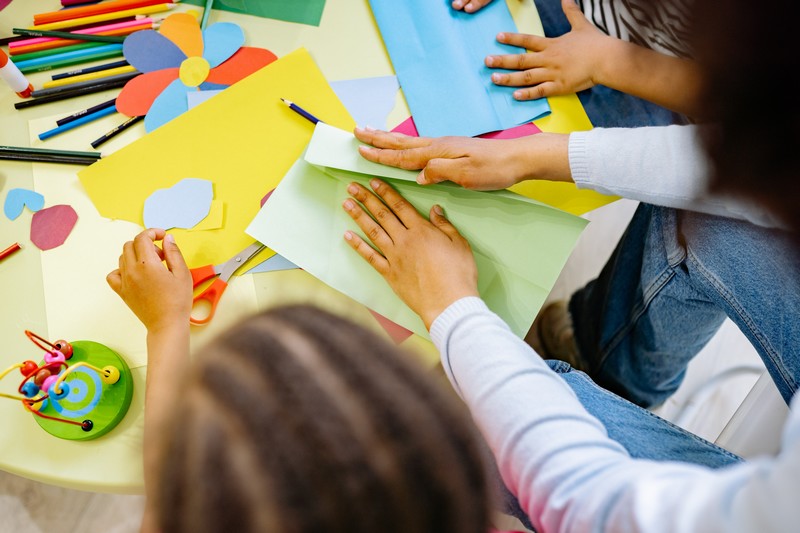
Keep things simple and use number lines whenever possible.
While it may be tempting to encourage a child to count to 100 right away, kids must develop fluency based on their numeracy (numerical comprehension). Use number lines as one approach to enhance your child’s number awareness before setting ambitious goals of counting to the highest number possible. Number lines are useful visual aids that allow youngsters to count both forwards and backwards, which helps them comprehend how numbers operate. Move on to counting to higher place values and skip counting once students have mastered using number lines to count lower numbers.
How to Improve Counting Skills in a Fun Way?
Now that we know what makes a counting activity successful, we can choose specific approaches and games to create a strategy that is tailored to your students’ needs. When developing counting activities, keep the following in mind:
Utilize Singapore Math Techniques
Singapore Math is a highly effective technique for developing a child’s number sense and early math skills that has received international praise. It emphasizes on developing mental math skills through concrete, often visual representations of numbers and problem-solving techniques. Children in preschool or kindergarten, for example, may practice using exercises that allow them to recognize a group of objects and determine the number merely by looking at the group.
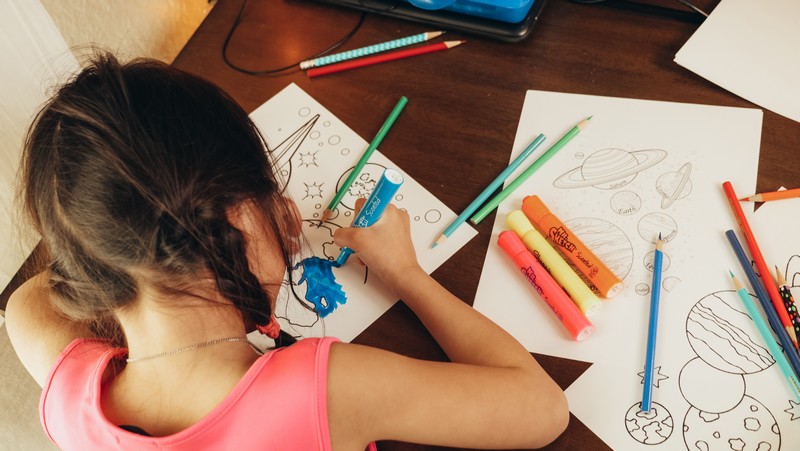
Choose hands-on manipulatives that can be fanned out to create a visual representation of numbers when preparing activities. Use colorful pom poms or dried corn kernels, for example, and arrange them in groups so that youngsters may learn to quickly assess them to determine how many are in each group.
Ideas Inspired by Montessori
Montessori activities are a self-directed, holistic approach to math and counting that uses hands-on manipulatives. The exercises are self-driven, which distinguishes them from other techniques. While adults may put it up and coach children through it, it is up to the students to get started and finish it.
Be inventive while planning an activity! Make a collection of similar objects out of a variety of materials, particularly ones that are bright, colorful, and easy to handle and count! The fundamental concept is to write down the numbers you want children to count to, starting with 1 and going up to 10. Write down the numbers in a row on a desk or table area, providing space underneath for pupils to count out their goods. Assign them the task of counting the number of objects that correspond to each printed number and placing them vertically beneath each number. Children will not only be able to count each thing, but they will also be able to see a visual depiction of amount for each number!
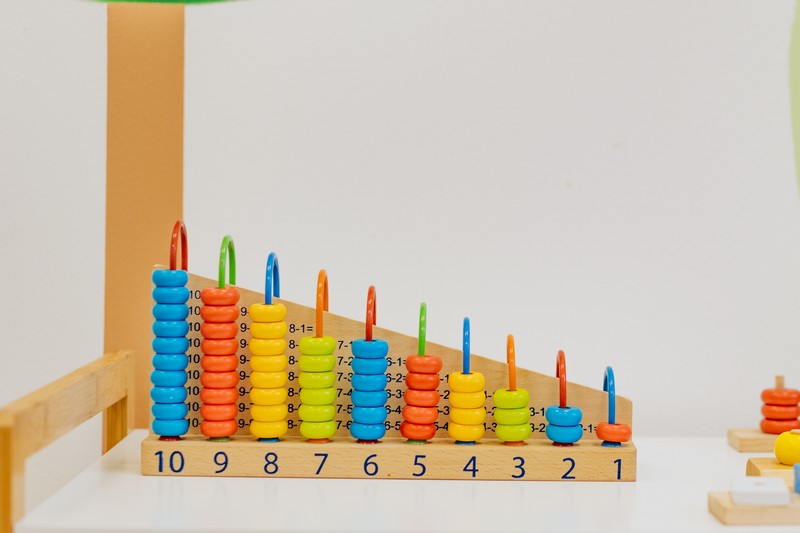
Games using Dice
Dice games are a great way to practice counting because there are so many different games that can be created and played to keep things interesting and entertaining! To help young children develop counting skills, try the following dice games:
- Roll the dice and match the numbers. Plan to use anywhere from five to 10 dice for this game—your decision! Players all roll the dice at the same time, hoping for numbers that match. If two of the dice show the number 2, for example, it’s a pair! Remove those dice from the game by picking them up. Continue rolling until the youngsters locate additional matches, then remove them one by one. Continue to play until all of the dice have been used up!
- Color-by-Number dice Print a coloring paper and write the numbers that the children will be counting to (for example, 1-10) inside the picture to be colored. Roll the dice and have the youngsters find that number on their pages, then paint it in with their favorite colors. Encourage youngsters to roll again if subsequent rolls give a number that has already been colored. Continue coloring until the entire picture has been colored!
War of the Dice.
War is a well-known card game that practically everyone has experienced. Instead of playing cards, players in this variation of the game use dice! While several dice can be used, just like in a card game, if you only have a limited quantity of dice, utilize tokens or counters. To play, players slide a token towards their partner each turn. Both players roll the dice together, and the one with the higher number receives both their own and their teammate’s tokens. If the players tie, they each slide a token towards their opponent and roll again. All four tokens go to the player with the highest number! The person with the most tokens wins at the end of the game, which can be after a defined number of turns or when one player runs out of tokens.

Money Games
Counting money is an important concept to teach children since it ties to real-life math. Even if the youngest pupils are still learning to count by ones, they can practice counting with pennies or dollar bills. Make a basic game by finding things to “sell” around the house. Take some candy, for example, and determine a price per piece.
Give participants a monetary allowance and educate them to count change and set aside the appropriate amount of money to “purchase” the sweets. Play the same game with older children, but this time use a variety of coins and bills. Allow them to count the required amount or challenge them to calculate the change they would make if they paid with more money!
As previously said, teaching children to count is only the start of many steps in preparing them for success in math. It extends far beyond counting, since children must develop fluency and number sense in order to solve higher-level math problems quickly and easily. When practicing counting with kids at home, keep the aforementioned best practices in mind. When you’re ready, use the activity ideas above to create a game plan; supplement your child’s learning with fun counting games and activities that will quickly improve their arithmetic fluency!
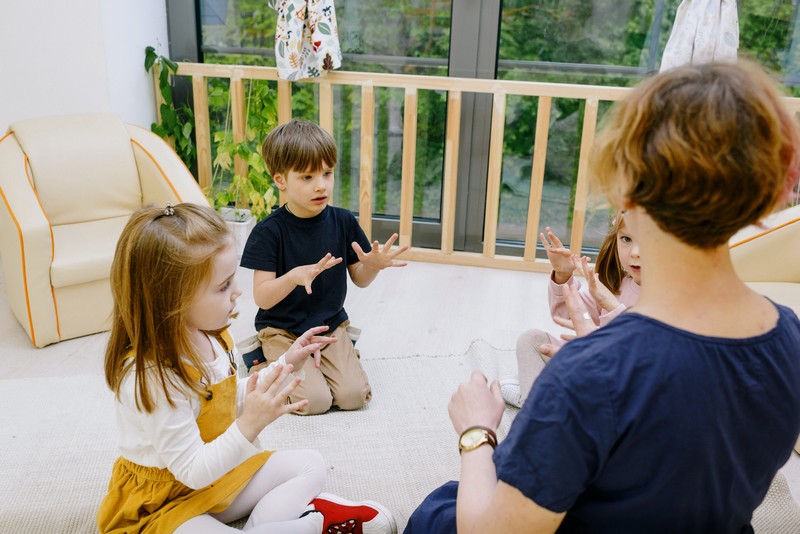




I tried this with my kids at home they really loved it please post more of this challenging kids for little kids
Well designed worksheets! Easy to download thanks